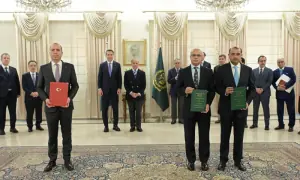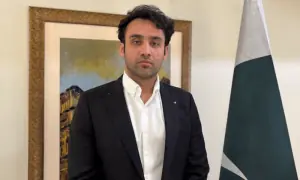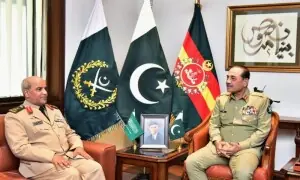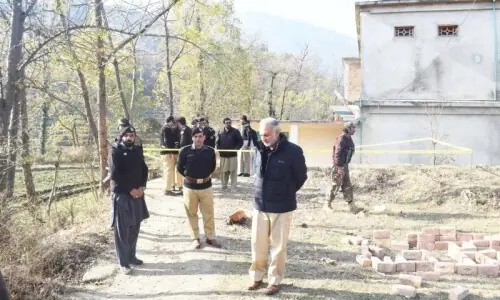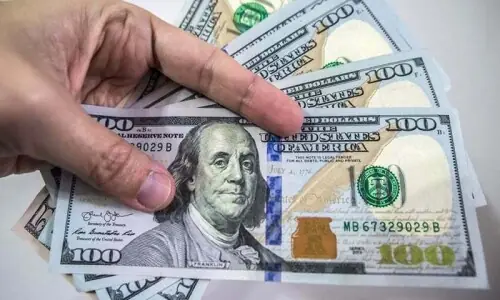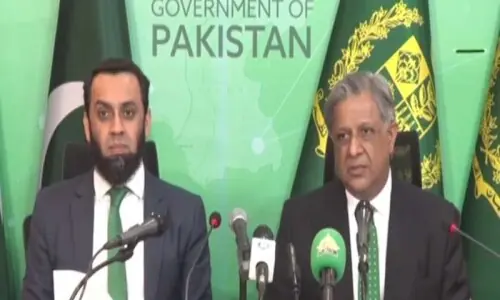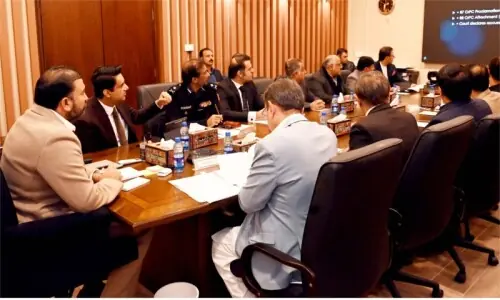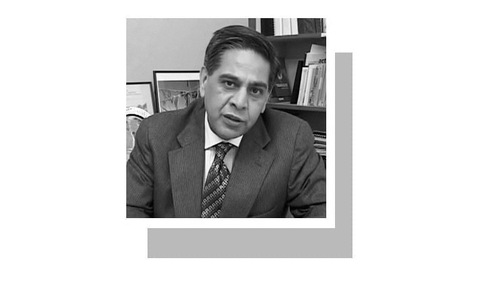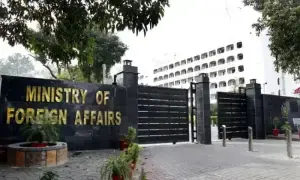The HBL Pakistan Super League (PSL) celebrated its 10-year milestone on April 11, with all six franchises eager to build on a decade of fierce competition, talent development, and high-octane entertainment for a cricket-crazy nation.
From its modest beginnings on neutral grounds in the United Arab Emirates, the PSL has grown into Pakistan’s most valuable sporting product, now widely regarded as the second-best T20 league in the world. But questions remain about how much it has helped Pakistan cricket.
The PSL’s success story is incomplete without acknowledging the unwavering commitment of its six franchise owners. Their investment, strategic planning, and emphasis on local talent — supplemented by international recruits — have been instrumental in transforming the league into a global phenomenon.
When the League was started in 2016 after a few failed attempts, the primary objectives were to not only find new talent but also find ways to bring international cricket back to Pakistan. The then PCB chairman Najam Sethi wisely brought cricket back from the neutral venues of the UAE to Pakistan shores, step by step.
Now in its 10th iteration, the Pakistan Super League has gone from strength to strength, while the Pakistan national team seems to have regressed. How can PSL better help Pakistan cricket?
The unearthing of the talent was the next target. Some new players were found and some budding ones were groomed. But since elements of the next stage — foreign tours of second string national teams called ‘A’ teams of the Shaheens — were rare, it meant the PSL performers were elevated directly to the international stage. It resulted in failures for most of the players.
Islamabad United strategic manager Rehan Ul Haq — who served as Pakistan team manager for the 2023 ODI World Cup in India — believes PSL has been a paradigm shift for Pakistan cricket. “The PSL has been a game-changer for local talent — especially younger players and those outside the central contract system,” Rehan tells Eos. “Without the PSL, many of these cricketers would’ve struggled to continue pursuing the sport professionally. As we have seen, so many leave for the USA and other countries over the years.”
Rehan reckons “PSL has helped countless players launch or relaunch their careers. The 2017 Champions Trophy-winning squad featured several PSL finds, such as Shadab Khan and Hasan Ali.”
Shaheen Shah Afridi, Fakhar Zaman and Haris Rauf were groomed by Lahore Qalandars and made their names at the international level. In fact, Lahore Qalandars have been the best franchise in the area of talent hunts. Haris was found in trials, as were Salman Irshad, Dilbar Hussain and Jahandad, who recently played for Pakistan in New Zealand. The Lahore franchise went a step further by taking their rising stars to Australia under an agreement and played against the Big Bash League teams Sydney Thunders, Sydney Sixers and Hobart Hurricanes.

Karachi Kings also conducted a ‘Karachi Ke Shehzaday’ [The Princes of Karachi] talent hunt and unearthed a bowler named Mushtaq Kalhoro and recently found Fawad Ali, Muhammad Suleman and Arsalan Dost. Islamabad United, Peshawar Zalmi and Quetta Gladiators did their own to explore talents in their respective areas and beyond.
But a lot is needed to be done to synchronise the league to the progress of Pakistan cricket. The trajectories are in opposite directions. While the PSL has gone from strength to strength, the national team has sadly regressed.
A recent survey has shown that the league has become the second best way of generating revenues for the Pakistan Cricket Board. That is after the annual support of 34.5 million dollars from the International Cricket Council. But the Pakistan cricket team’s win ratio in T20Is has gone down from 1.50 to 1.375. That makes it slide from third best to fourth best as the win-loss ratio decreased.
“Yes, Pakistan’s recent performances haven’t been ideal — but that’s not a PSL issue,” says Rehan. “If anything, franchises give players financial stability, professional set-ups, and year-round motivation.
“The next cycle will bring even more breakout stars. Saim Ayub is just one of many. When players feel secure, they invest more in their game, worry less about survival, and focus more on performance. That’s the PSL effect.”
The PSL needs to introduce a few innovations that could help the Pakistan cricket team at the international level. One of the main viruses in the Pakistan team’s performances is an addiction to playing dot balls in white-ball cricket. Teams should be encouraged to hit maximum boundaries and sixes and play fewer balls.
If a team plays less dot balls than their rivals they should be given 0.25 points. In the same manner, 0.25 points should be given for hitting more fours and sixes. This will develop a habit of playing aggressive cricket. Teams who bowl fewer wides and no-balls should also be given 0.25 points, while teams that score more runs in the first power play — six overs at the start — should also be given 0.25 points. This will add up to one point.
The result of these points will help the Pakistan team adopt an aggressive style when they play T20 internationals. At the end of the day, the league has to produce better players so that we can be more competitive at the international level.
The writer is a senior cricket analyst.
X: @hashmi_shahid
Published in Dawn, EOS, April 20th, 2025







